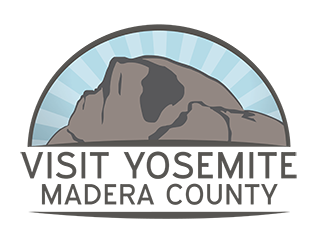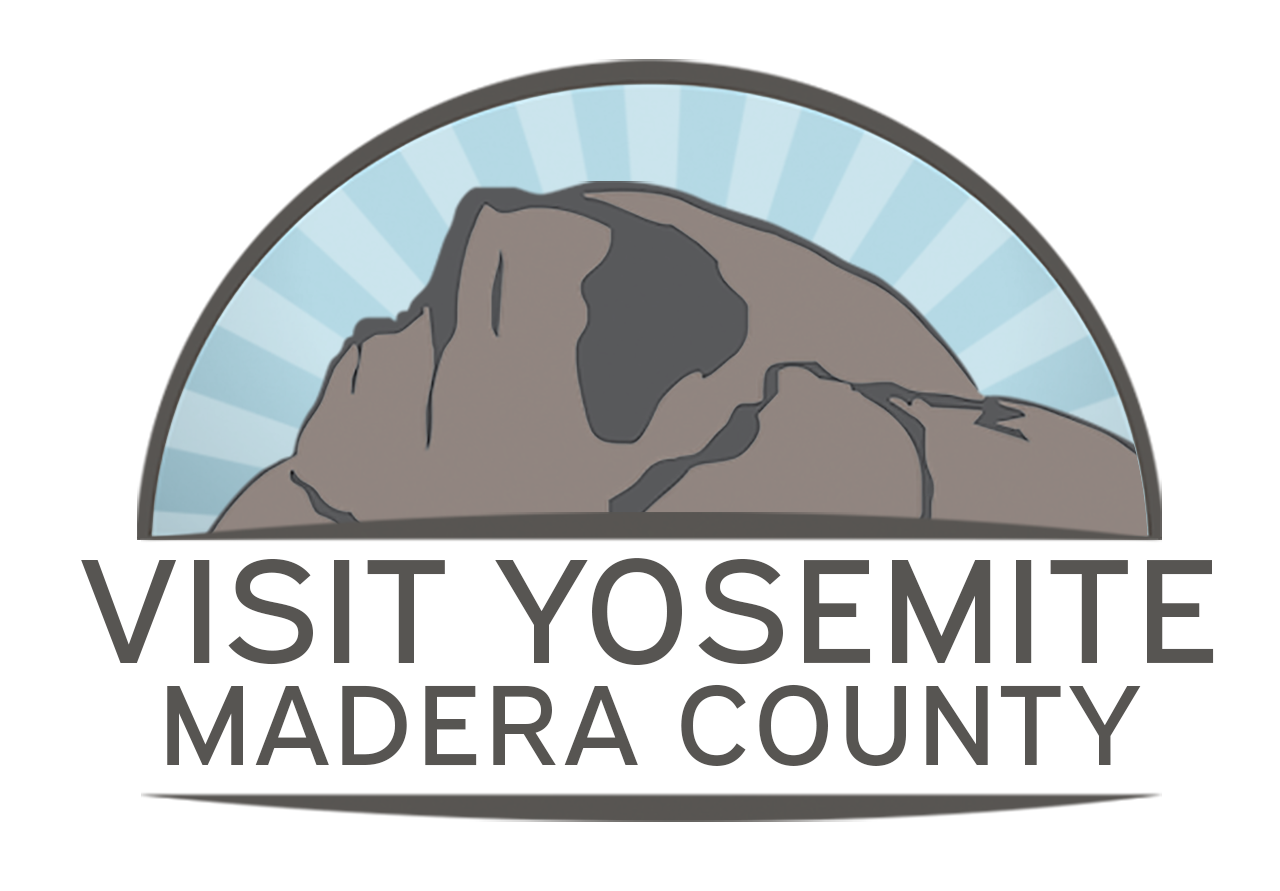Discover Native Heritage: A Cultural Exploration
Welcome to Madera County, a hidden gem in California's heartland, where the rich tapestry of Native American heritage beckons explorers and culture enthusiasts alike. Here, every site whispers tales of the past, inviting you to say "Hil-le Hil-le" (hello in Chukchansi Yokut) to a journey through history and tradition.
Native People Thriving in the Yosemite Region for Millennia

The Yosemite and the Southern Yosemite region are home to several Native American cultures, including the Sierra Mono, Southern Sierra Miwok, Chukchansi, Yokut, and Ahwaneechee tribes. Each of these cultures has a rich history and unique traditions that have shaped their way of life for centuries and shaped much of the region as well.
Archaeological discoveries confirm human presence in the Sierra Nevada region for 8,000 - 12,000 Years, with indigenous communities inhabiting Yosemite for at least 4,000 years.
Ahwaneechees

Yosemite Valley, rich in cultural history, was inhabited by the Ahwahneechees, named after 'Ahwahnee,' meaning 'gaping mouth.' The 19th-century gold rush brought European settlers, leading to the Mariposa Indian War and severe hardships for the native tribes. Many indigenous people were killed, succumbed to diseases, or were forced to leave their ancestral lands.
In the years that followed, a few Ahwahneechee and Miwok people did manage to return to their homeland. However, over the 20th century, the number of native people residing in Yosemite Valley declined. The older Indian village was disbanded in the early 1930s and replaced with cabins. Over the coming decades, the National Park Service slowly removed the housing; the last homes were razed in 1969.
How The Yosemite Name Came To Be
The name "Yosemite" has an intriguing origin. It derived from the interactions during the Mariposa Indian War when the tribe led by Chief Teneiya was referred to as "Yosemetos" or "Yocemete." The term was used to describe the people of the deep rocky valley on the Merced River. Despite initial resistance, Chief Teneiya eventually engaged in negotiations with settler leaders. During a pivotal campfire discussion led by Dr. L.H. Bunnell from the Mariposa Battalion, the decision was made to name the valley Yosemite.
In Dr. Bunnell's words: “that we give the valley the name of Yo-sem-i-ty, as it was suggestive, euphonious, and certainly American; that by so doing, the name of the tribe of Indians which we met leaving their homes in this valley, perhaps never to return, would be perpetuated.”
Unveiling History at the Madera Courthouse Museum

Our first stop is the Madera Courthouse Museum, home to a remarkable room dedicated to the Sierra Mono, Southern Sierra Miwok, Chukchansi, and Yokut people. This room is not just a museum space; it's a portal to the past, featuring a stunning mural from the 1950s that depicts the county in all its historical glory. It's a must-visit for anyone interested in understanding the deep roots of California's first people.
Fossil Discovery Center: Honoring the Yokut Legacy

Next, we explore the Fossil Discovery Center of Madera County. This unique venue honors the animals from the last ice age and pays homage to the Yokut people with educational and inspiring exhibits. There is a full-size replica of a Yokut home and an interpretive trail sounding the pond area that explains the native plant species from the region and the way the Yokut people interacted with the plant resources to create baskets and medicine. It’s a testament to the enduring legacy of the native tribes and their connection to the land.
Coarsegold Historic Museum: A Tribute to Tribal Trades

The Coarsegold Historic Museum offers a deep dive into the many tribes and trading materials that shaped early California. This museum not only educates but also captivates visitors with its array of artifacts and stories of the first Californians.
Learn more about the museum's commitment to the preservation of history and culture by watching this fascinating PBS Special:
Chukchansi Gold Resort and Casino: A Celebration of Culture

Every October, the Chukchansi Gold Resort and Casino shines bright as a vibrant hub of native culture with its annual pow-wow. This event is a spectacular display of traditional dance, music, and art, celebrating the rich heritage of the local tribes.
Sierra Mono Museum and Cultural Center

Don’t miss the Sierra Mono Museum and Cultural Center in North Fork, California, a 100% Native-owned treasure showcasing the rich heritage of the Sierra Mono people. Immerse yourself in an authentic cultural experience where captivating exhibits and artifacts bring the vibrant history and traditions of the Mono tribe to life. Nestled in the heart of the Sierra Nevada, this unique museum is a testament to indigenous resilience and creativity. Plan your visit to this remarkable landmark, where every display tells a story of the past, enlightening and inspiring visitors of all ages.
Wassama Roundhouse State Historic Park: A Symbol of Miwok Traditions

Situated in the foothills of California's Sierra Nevada, in Ahwahnee, CA, the Wassama Roundhouse State Historic Park offers a glimpse into the rich cultural heritage of the Southern Sierra Miwok people. This unique site, managed in collaboration with the Wassama Roundhouse Association, serves as a window into the traditional ways of life, ceremonial practices, and enduring spirit of this Native American community. Visitors can immerse themselves in the park's vibrant atmosphere during the annual Gathering Days, held on the third Saturday of October, where they can witness captivating demonstrations of traditional dances, crafts, and basket weaving. The park is also open throughout the year during regular visiting hours. As you explore this sacred site, you'll gain a deeper appreciation for the enduring legacy of the Southern Sierra Miwok people, whose connection to the land and their cultural traditions continues to inspire and enrich the region's tapestry.
Way of the Mono Trail

At Bass Lake, The Way of the Mono Trail beckons. As you embark on this easy 0.6-mile loop, you'll encounter interpretive signs* that provide insightful glimpses into the Mono way of life, their traditions, and their profound connection to the land. This educational aspect transforms a simple hike into a meaningful odyssey through the history and culture of the Mono people.
As you traverse the trail, you'll encounter a variety of plants and trees that were integral to the Mono lifestyle. The trail culminates in a panoramic vista point, offering stunning views of Bass Lake and the majestic Sierra Nevada mountains. It's an ideal spot for quiet contemplation and appreciation.
*Please note some signage may be missing or damaged.
Sacred Globe Rock

Globe Rock is situated along the scenic Sierra Vista Scenic Byway. This sacred site, revered for centuries, offers a serene and powerful experience, resonating with the spiritual practices of the indigenous people. Visitors to Globe Rock are treated to a stunning natural wonder and a poignant reminder of this landmark's cultural and historical significance in Native American heritage. As you stand in the presence of Globe Rock, you're invited to reflect on the timeless connection between nature and spirituality that continues to inspire today.
The Indian Village of Ahwahnee: Yosemite’s Native Heart

A highlight of the region is the Indian Village of Ahwahnee in Yosemite National Park. This historic site offers an immersive experience of the daily lives of the native people who have called the Yosemite Valley home for centuries.
Embark on a Cultural Journey
In Madera County, every step is a discovery, and every site a story. From the stunning murals of the Courthouse Museum to the sacred grounds of Globe Rock, this is a place where history is not just seen but felt. So, come and say "Hil-le Hil-le" to Madera County, where the past is always present, and the spirit of the first Californians lives on.
 Loading
Loading Loading
LoadingAre you interested in immersing yourself in the rich Native American culture of California? Click here to continue exploring: Explore Native American Culture in California.





















